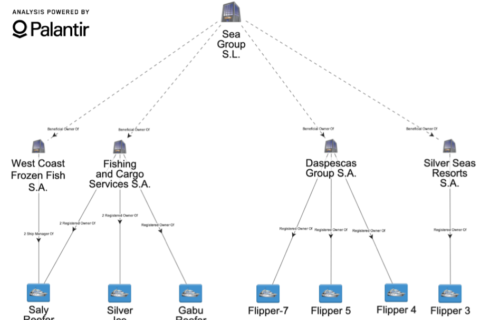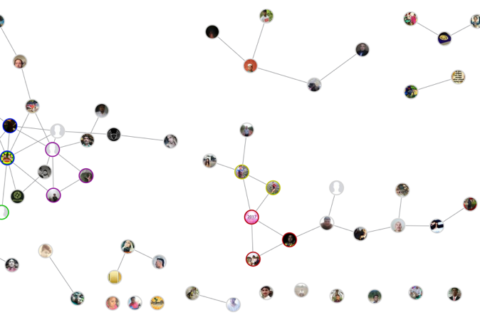Regulating Illicit Gold

Regulating Illicit Gold draws on C4ADS analysis of the illicit gold trade to identify obstacles facing regulators and companies as they seek to achieve compliance with conflict minerals regulations, highlights the limitations of existing US laws pertaining to illegal gold and other minerals, and explores several potential areas in which these regulations can be strengthened or extended.
Executive Summary #
US lawmakers and public officials recognize the trade in illicit gold as a pressing environmental and social problem, but no comprehensive regulatory framework exists under which to stop the flow of illicit gold to the United States. The challenge of tracing gold supply chains is complicated by four key factors: gold’s physical and commercial characteristics; the growing sophistication of illicit gold trading networks; corruption in source, transit, and destination countries; and the fragmentation of the global gold market. Although two laws partially address this regulatory gap in the United States, neither provides a strong set of rules that apply equally to public companies and private entities. Regulating Illicit Gold draws on C4ADS analysis of the illicit gold trade to identify obstacles facing regulators and companies as they seek to achieve compliance with conflict minerals regulations, highlight the limitations of existing US laws pertaining to illegal gold and other minerals, and explores several potential areas in which these regulations can be strengthened or extended.






